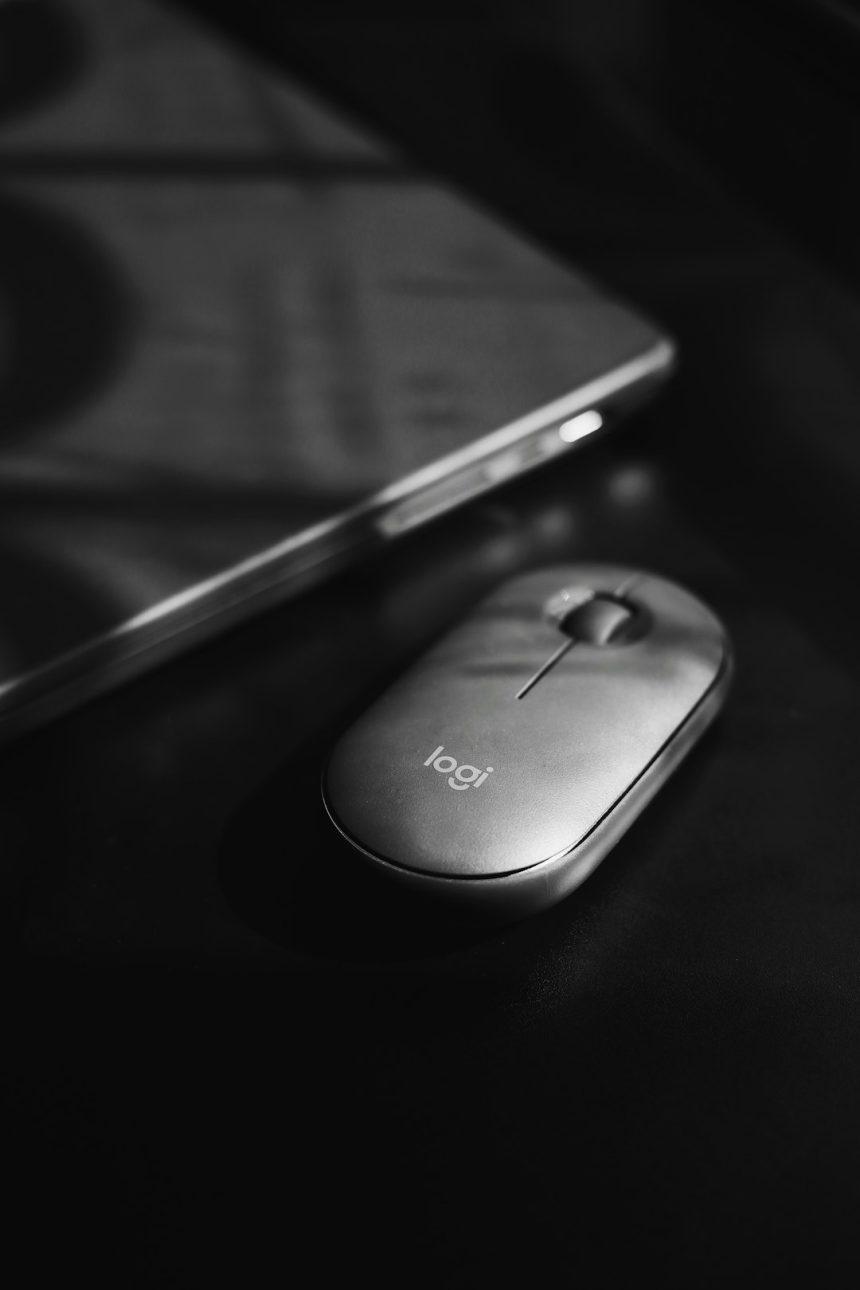Security might sound boring, but it doesn’t have to be. Let’s talk about Okta IDP and something called multi-factor authentication, or MFA for short. It’s like having more than one lock on your digital front door.
Yes, Okta IDP does support MFA. But what does that even mean? Why should you care? Let’s break it down and keep it fun (well, as fun as talking about security can be!).
First, let’s understand what Okta IDP actually is. Okta is an Identity Provider. That’s what the “IDP” stands for. It helps people prove they are who they say they are when logging into an app or service. Think of it as the gatekeeper to all your apps.
Now let’s add the magic word: multi-factor authentication. MFA is a simple but powerful concept. It means you need to give two or more proofs before you’re allowed in.
Here’s a fun way to understand it:
- 🎫 Something you know – like a password.
- 📱 Something you have – like your phone or a code-generating app.
- 👁️ Something you are – like your fingerprint or face.
With MFA on Okta, you use more than just a password. That way, if someone guesses your password, they still can’t log in. Neat, huh?
[ai-img]security login smartphone fingerprint[/ai-img]
How does Okta do MFA?
Okta gives you many options. It’s like choosing toppings for your pizza. Except instead of pepperoni, you get stuff like:
- Okta Verify (an app that sends you a push notification)
- SMS codes
- Email codes
- Google Authenticator
- Security questions
- Biometrics (like thumbprints)
You get to pick which ones you want for your users. Or require more than one. For example: password plus a phone notification. That boosts security without making people scream in frustration. (Well… not too much.)
Why use MFA with Okta?
Here’s why companies love it:
- It stops hackers. Even if someone steals your password, they still can’t log in.
- It’s user-friendly. With a push notification, logging in takes one click. Easier than remembering that 17-character password you made up months ago.
- It’s flexible. Got remote employees? Give them secure access from anywhere.
[ai-img]office workers laptop mfa login[/ai-img]
How do you turn on MFA in Okta?
It’s a breeze:
- Log into your Okta admin dashboard.
- Go to Security → Multifactor.
- Add the factors you want (like Okta Verify, SMS, or questions).
- Set the rules: when do users need to authenticate? Every time? Once a week? Up to you!
- Save and roll it out.
Do users like it?
Maybe not all at first. MFA sounds like a hassle. But after they use it a few times? Most love the peace of mind. And admins sleep better knowing the company isn’t one click away from a massive breach.
Cool features? Oh yes.
- Adaptive MFA: Okta gets smarter. If someone logs in from a trusted location, it skips the second step. Nice!
- Behavior detection: If a login looks fishy (like from another country), Okta can require extra verification. Smart and sneaky!
Final verdict? MFA with Okta is like turning your login system into Fort Knox — without turning your users into grumpy trolls.
So yes, Okta IDP totally supports MFA. And it doesn’t just support it — it makes it smart, smooth, and hey, even a little stylish.
Stay safe out there in the jungle of the internet. And remember: one password is never enough. With Okta and MFA, you’ve got armor.
[ai-img]password security shield computer okta[/ai-img]









